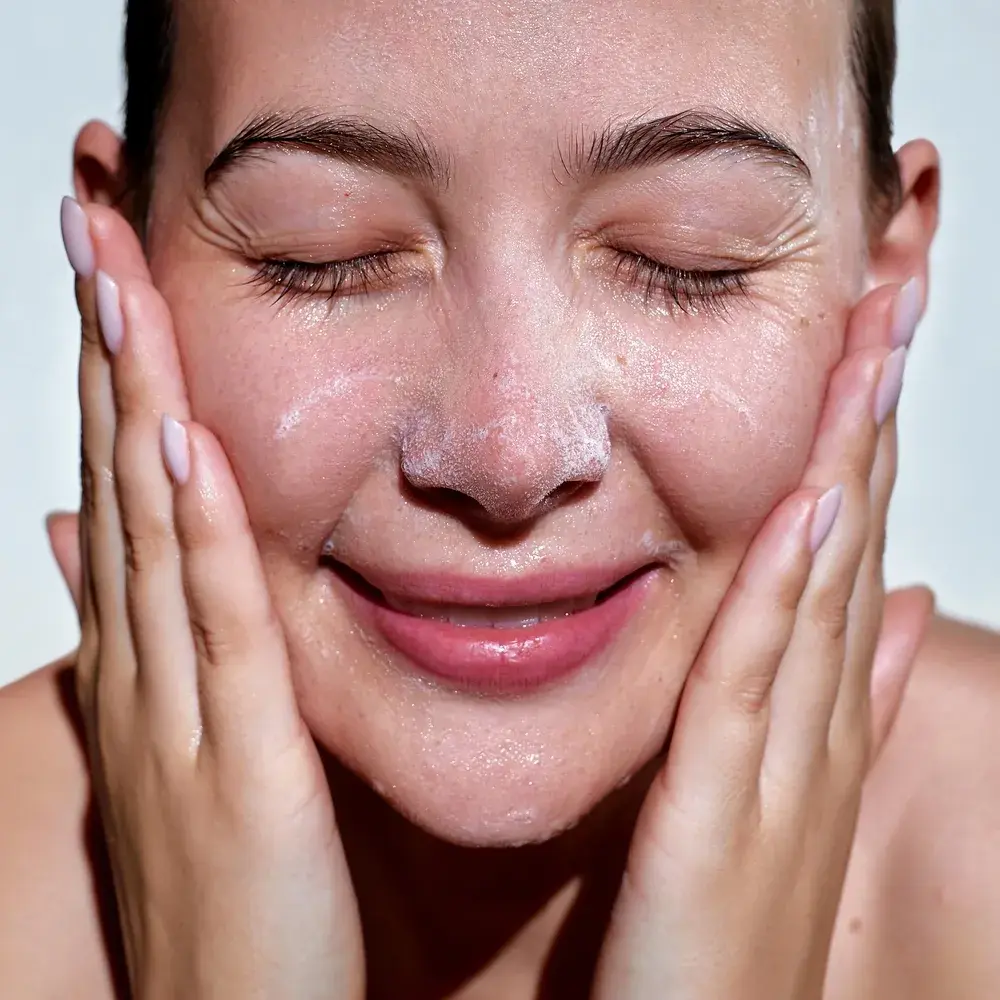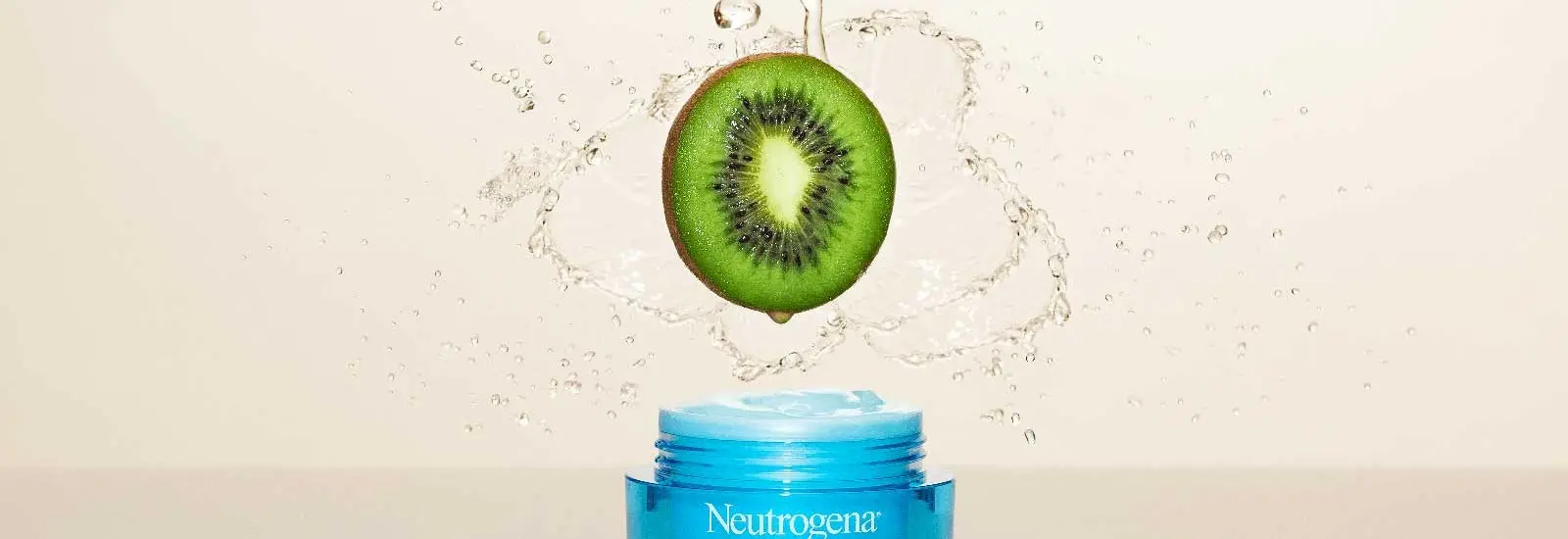What is Polyhydroxy Acid?
Polyhydroxy acids, or PHAs, are chemical exfoliants. Like their better-known counterparts, alpha and beta hydroxy acids, they're a group of acids that primarily exfoliate (or remove dead skin from) the skin. What sets PHAs apart from AHAs and BHAs is their larger molecular structure, which prevents them from penetrating your skin as quickly and deeply. Instead, PHAs work exclusively on the skin's surface to remove dead skin, improve skin texture and brighten your complexion.
The most common polyhydroxy acids are:
Gluconolactone
Galactose
Lactobionic acid
You'll find these PHAs in everything from cleansers to toners, moisturizers and serums. While exfoliation is their primary goal, different PHAs provide additional benefits. Gluconolactone, for example, supports collagen production, while lactobionic acid is similar to lactic acid, a humectant that attracts moisture to the skin.
While AHAs, BHAs and PHAs offer similar skin benefits, some key differences make polyhydroxy acids particularly appealing — especially for people with dry or sensitive skin. As far as chemical exfoliants go, they're mild and less likely to irritate your skin.
What are the uses of Polyhydroxy Acids?
So, what is polyhydroxy acid used for? PHA's primary purpose is exfoliation — these gentle acids remove dead skin to reveal a more even skin tone and smoother texture. But PHAs have other skin benefits as well.
Protects skin from environmental damage
PHAs are rich in antioxidants that help protect the skin from free radicals, ultraviolet (UV) rays, pollutants and other environmental stressors that degrade the skin's collagen and elastin.
Hydrates skin
PHAs are known for their hydrating properties, making them great for dry skin. Specifically, an article in the Journal of the American Academy of Dermatology explained that they belong to a group of moisturizers called humectants. Humectants draw moisture from the environment and the skin's deeper layers (dermis) to hydrate the outermost skin layer.
Improves skincare products' effectiveness
While PHAs don't penetrate as deeply as AHAs and BHAs, Healthline explained they may help other active ingredients get deeper within the skin. This means the skincare products in your daily routine can work more effectively.
Where does PolyHydroxy Acid come from?
PHAs can be naturally derived or synthetically produced. As research and development around PHAs increases, synthetic variations will likely become more common. For now, the most common PHAs are naturally sourced.
Naturally derived PHAs occur through sugar (glucose) fermentation. One of the most common PHAs, gluconolactone, is derived from gluconic acid, a naturally occurring acid in fruit juices, honey and wine. Lactobionic acid and galactose come from milk sugar (lactose).
How to incorporate Polyhydroxy Acids into your skincare routine
Since PHAs are mild chemical exfoliants, it's fairly easy to incorporate them into your skincare routine, regardless of your skin type.
Test a small area first
Like with any new product, test your PHA skincare on a small area of skin before using it on larger areas. Apply a small amount on your forearm and wait a couple of days to see if your skin reacts.
Start a few times a week
If you're new to chemical exfoliants, incorporate PHAs into your routine slowly. Start with a simple formula a few times a week and build up to daily use. Pay attention to how your skin reacts. If you notice irritation, scale back to allow your skin time to adjust. Eventually, you can consider introducing products that combine PHAs with AHAs and BHAs, like Neutrogena® Stubborn Blackheads Daily Serum, for more dramatic results. If you have sensitive skin, you may want to stick with PHAs.
Use at night to maximize results
PHAs are best applied to clean skin, which means you can use them after your morning or evening cleanse. But if you want to maximize their exfoliating and hydrating benefits, apply a product like Neutrogena® Skin Perfecting Liquid Face Exfoliant during your evening routine so it can work its magic overnight. Just remember to seal in all the goodness with a moisturizer for your skin type!
Pair with hydrating ingredients
While PHAs are hydrating on their own, pairing them with additional moisturizing ingredients can enhance their benefits. For maximum hydration, Healthline suggested pairing your PHA toner, serum or cleanser with ingredients like hyaluronic acid, ceramides and glycerin.
Remember sunscreen
If you're using a PHA product in your morning routine, like Neutrogena Stubborn Texture® Daily Cleanser, follow up with a broad-spectrum sunscreen to protect your skin. While PHAs help protect your skin from UV rays over time, freshly exfoliated skin can be more susceptible to sun damage.





